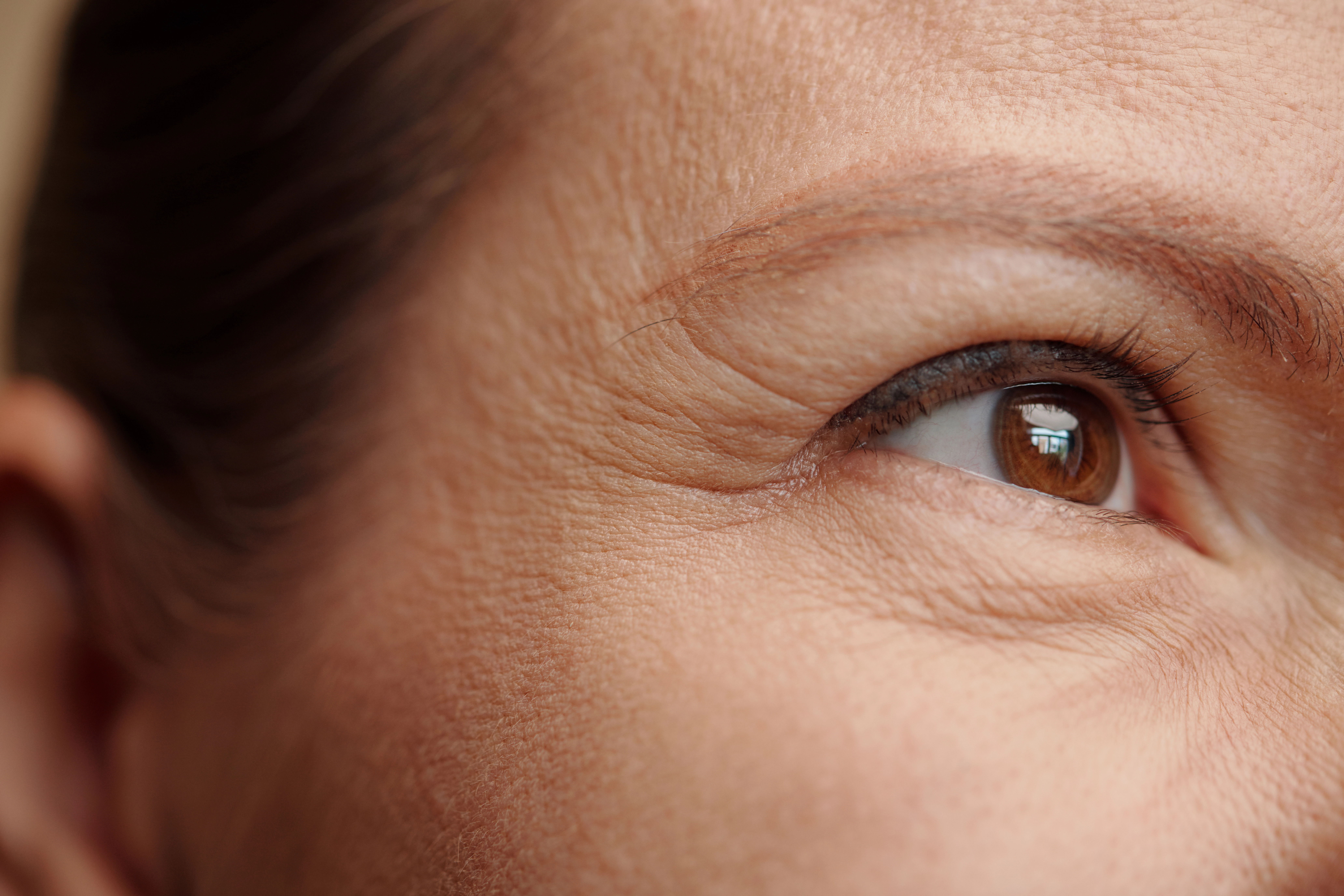
Crows Feet Treatment
Crow’s feet, the lines around your eyes when you smile, are a common concern for many individuals as they age. These fine lines or wrinkles that appear at the corners of the eyes get their name from their resemblance to a bird’s feet. While they are a natural part of aging, various factors can contribute to their development. In this comprehensive guide, we’ll explore what crow’s feet are, their causes, risk factors, prevention strategies, treatment options, and more to help you make informed decisions about addressing this common cosmetic issue.
What are Crows Feet
Crow’s feet are fine lines or wrinkles that radiate from the outer corners of the eyes. They typically appear when a person smiles or squints and become more pronounced with age. These lines resemble the feet of a crow, which is how they earned their distinctive name. Crows feet are a natural part of the aging process and occur as the skin loses elasticity and collagen. However, other factors can contribute to their development, making them a concern for many individuals seeking to maintain a youthful appearance.
Causes of Crow's Feet
The main factors contributing to the formation of under eye wrinkles and crows feet include:
- Aging: As we age, the skin naturally loses collagen and elastin, two proteins that keep it smooth and firm. This reduction in structural support leads to the formation of wrinkles, including crows feet.
- UV Exposure: Prolonged exposure to the sun’s ultraviolet (UV) rays is a significant factor in premature aging of the skin. UV radiation damages collagen and elastin fibers, contributing to the development of crow’s feet and other signs of aging.
- Repetitive Facial Movements: Repeated facial expressions, such as smiling, squinting, and even laughing, can lead to the formation of crows feet over time. These movements cause the skin to crease, and as skin elasticity decreases with age, these creases become more apparent.
Several risk factors can accelerate the development of lines under eyes and crow’s feet and make them more pronounced:
- Genetics: Genetic predisposition can play a role in how your skin ages. If your family has a history of premature wrinkling, you may be more susceptible to crow’s feet lines.
- Smoking: Smoking is known to accelerate skin aging. The chemicals in tobacco smoke can damage collagen and elastin fibers, leading to the early appearance of wrinkles, including crows feet.
- Lack of Sun Protection: Failing to protect your skin from the sun’s harmful UV rays can lead to premature aging. Inadequate use of sunscreen and a lack of protective measures, such as wearing sunglasses, can increase the risk of crows feet.
At FCP Dermatology we offer a wide range of surgical and cosmetic Dermatology services, in a 5-star luxury setting.
- +1 (416) 861-8600
- Contact via Email
Crows Feet Treatment
Related Aging and Skin Concerns
How to Prevent Crow's Feet
Preventing crows feet and reducing their appearance is possible through several strategies:
- Sunscreen: Regularly apply a broad-spectrum sunscreen with a minimum SPF of 30 to protect your skin from UV damage. Focus on areas prone to crows feet, including the corners of the eyes.
- Sunglasses: Wear sunglasses that offer UVA and UVB protection to shield your eyes from harmful rays. This not only protects your eye health but also prevents squinting in bright light.
- Eye Creams: Use eye creams containing antioxidants like vitamin C to nourish the delicate skin around the eyes and retinol to minimize the appearance of fine lines.
By incorporating these prevention strategies into your daily routine, you can slow down the development of under eye wrinkles and crows feet.
Crows Feet vs Other Wrinkles
Crow’s feet are just one type of facial wrinkle, and it’s essential to distinguish them from other wrinkles, such as forehead wrinkles or smile lines. Each type of wrinkle has unique causes and may require different treatment approaches. Understanding these differences can help you and your Dermatologist make informed decisions about the most suitable treatments for your specific concerns.
- Forehead Wrinkles: Forehead wrinkles manifest as horizontal lines that stretch across the forehead. These wrinkles often result from repetitive facial expressions, such as raising the eyebrows or furrowing the brow in deep thought.
- Glabellar Lines (Frown Lines): Glabellar lines, commonly referred to as frown lines or “elevens,” are vertical wrinkles that appear between the eyebrows.
- Nasolabial Folds (Smile Lines): Nasolabial folds, also known as smile lines or laugh lines, are deep lines that extend from the sides of the nose to the corners of the mouth.
- Marionette Lines: Marionette lines are vertical creases that extend from the corners of the mouth downward to the chin.
For a proper diagnosis and personalized treatment plan, consulting a Dermatologist is crucial. A Dermatologist possesses the expertise to accurately evaluate crow’s feet, rule out any underlying skin conditions, and recommend the most appropriate treatment based on your unique needs.
During a professional consultation, your dermatologist will assess the severity of your crow’s feet and discuss your goals and expectations. This ensures that the chosen treatment aligns with your desired outcomes.

Treatment for wrinkles around eyes
Best Treatment for Crows Feet
Addressing crow’s feet is possible through various treatment options, each with its benefits and limitations. These treatments include:
- Topical Creams: Anti-aging creams containing retinoids can help improve the appearance of crow’s feet. These creams stimulate collagen production and hydrate the skin.
- Injectables (Botox, Dysport): Botulinum toxin injections such as Botox and Dysport can relax the muscles responsible for crow’s feet, reducing their appearance. These treatments provide a smoother and more youthful look.
- Laser Therapy: Laser treatments use focused energy to stimulate collagen production and improve skin texture. Fractional laser treatments are somewhat effective in reducing the appearance of crow’s feet.
- Microneedling: Microneedling causes micro-injuries in the skin. When the skin heals it can blur fine lines.
